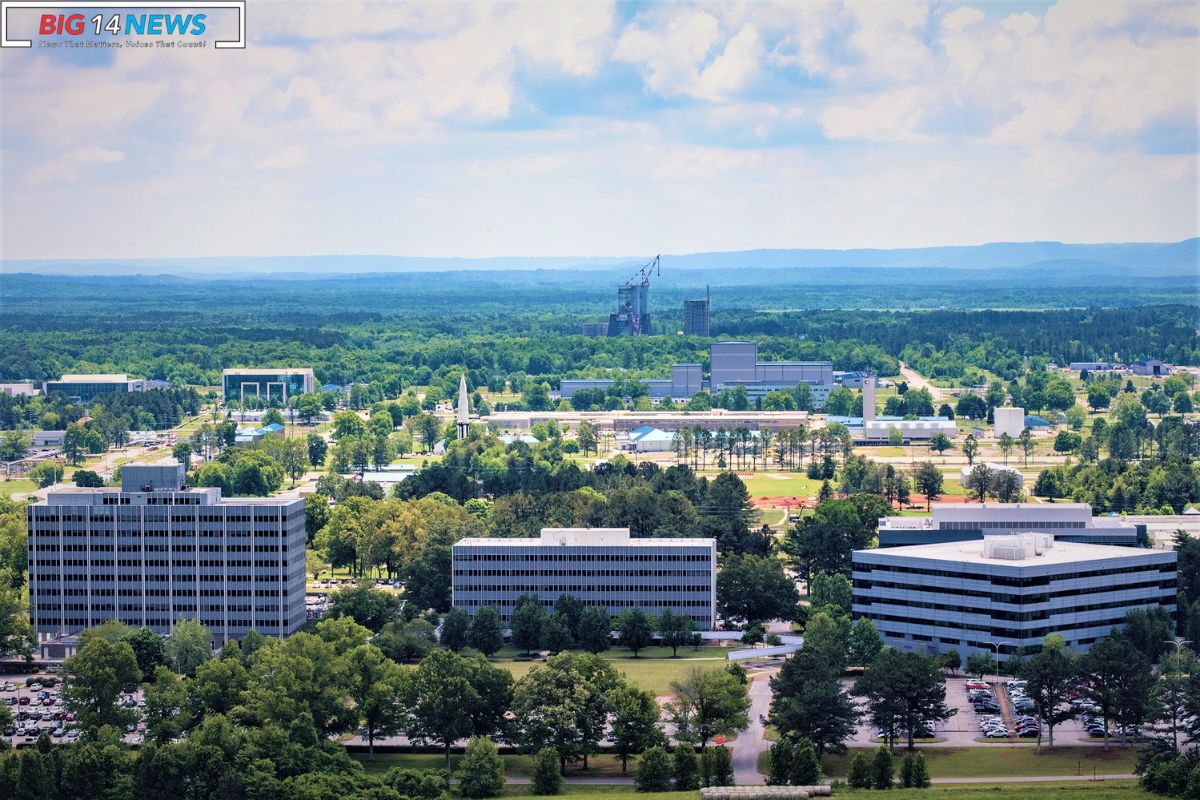NASA Impact in Alabama: The notable space agency, NASA, has entrenched roots in Huntsville, Alabama, marking the city as a focal point for space exploration and innovation since the 1950s with the inception of the Marshall Space Flight Center. Huntsville’s standing as a pivotal locale for NASA remains robust, being a pivotal site for manifold programs and endeavors within the agency. This article aims to spotlight the significance of NASAs anchorage in Huntsville, elucidating its profound contributions to space exploration while illuminating ongoing initiatives in the region.
Huntsville, renowned as the “Rocket City,” has enjoyed a symbiotic relationship with NASA spanning numerous decades. The establishment of the Marshall Space Flight Center in 1960 solidified Huntsvilles standing as one of NASAs paramount field centers. This center shoulders the responsibilities of advancing and testing rocket propulsion systems, spearheading research endeavors, and overseeing multifarious programs pivotal to space exploration.
At the heart of NASAs organizational structure lies the Marshall Space Flight Center (MSFC), a cornerstone facility dedicated to the development and rigorous testing of rocket engines. Notably, it was here that the legendary Saturn V rocket, propelling the Apollo missions to the Moon, was brought to fruition. The center also boasts a crucial role in the creation and advancement of the Space Launch System (SLS), NASAs next-generation spacecraft geared for deep space exploration.


The city of Huntsville is deeply immersed in numerous prominent NASA initiatives, contributing fervently to the agencys mission of cosmic exploration and scientific inquiry. Among these endeavors stands the International Space Station (ISS), where Huntsvilles expertise is channelled into multifaceted tasks, including payload development and astronaut training. Furthermore, Huntsville actively partakes in the Artemis program, aspiring to return humanity to the Moon and establish a sustainable lunar habitat.
The fusion of Huntsville with NASA has nurtured a vibrant culture of relentless research and groundbreaking innovation within the region. The gravitational pull of the space agency has attracted a cohort of exceptional scientists, engineers, and researchers who collaboratively push the frontiers of space exploration. Noteworthy is Huntsville’s domicile of various research institutions and organizations seamlessly intertwined with NASAs missions, fortifying the citys repute as a nucleus for pioneering scientific advancements.
ALSO READ: Austin Dominates Huntsville: Away Regular Season at 8-2
Also Read: Anquin Barnes Transfers to Colorado: Potential Impact for Buffaloes’ Defensive Line
Our Reader’s Queries
What does NASA do in Alabama?
For over 60 years, NASA and the country have depended on the Marshall Space Flight Center in Huntsville, Alabama, for crucial propulsion systems, top-notch launch vehicles, advanced space systems, cutting-edge engineering technologies, and groundbreaking science and research projects…
What was the impact of NASA?
In Fiscal Year 2021, NASA’s spending had a major impact on the economy by creating hundreds of thousands of jobs and generating billions of dollars in taxes for the nation and individual states. This report provides a comprehensive analysis of how NASA’s expenditures benefited the United States, including all fifty states and Washington, D.C.
What Alabama city is one of the largest sites of NASA?
Established on July 1, 1960, in Huntsville, Alabama, Marshall stands as one of NASA’s major field centers, boasting a staff of almost 7,000 employees and an annual budget of around $3.6 billion.
What Alabama city is called the rocket capital of the world?
The establishment of the Marshall Space Flight Center in 1960 propelled the city’s growth during and after World War II. Huntsville emerged as the hub of the nation’s rocket and missile development, impacting related industries and research projects.

